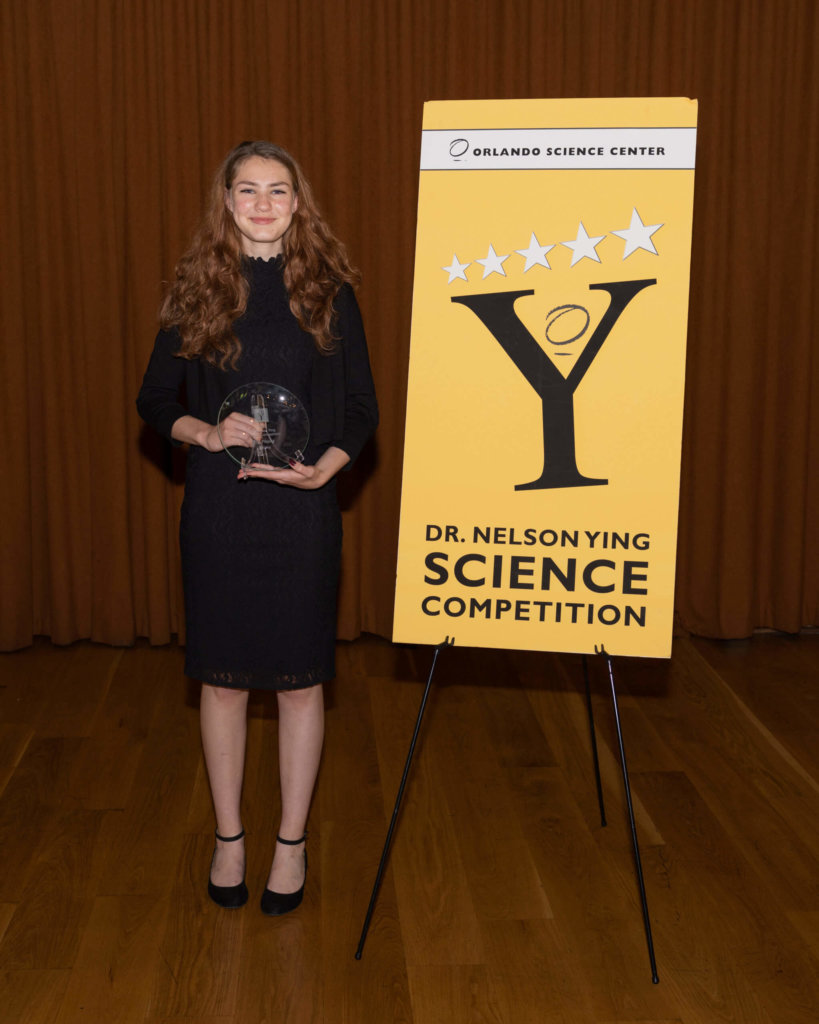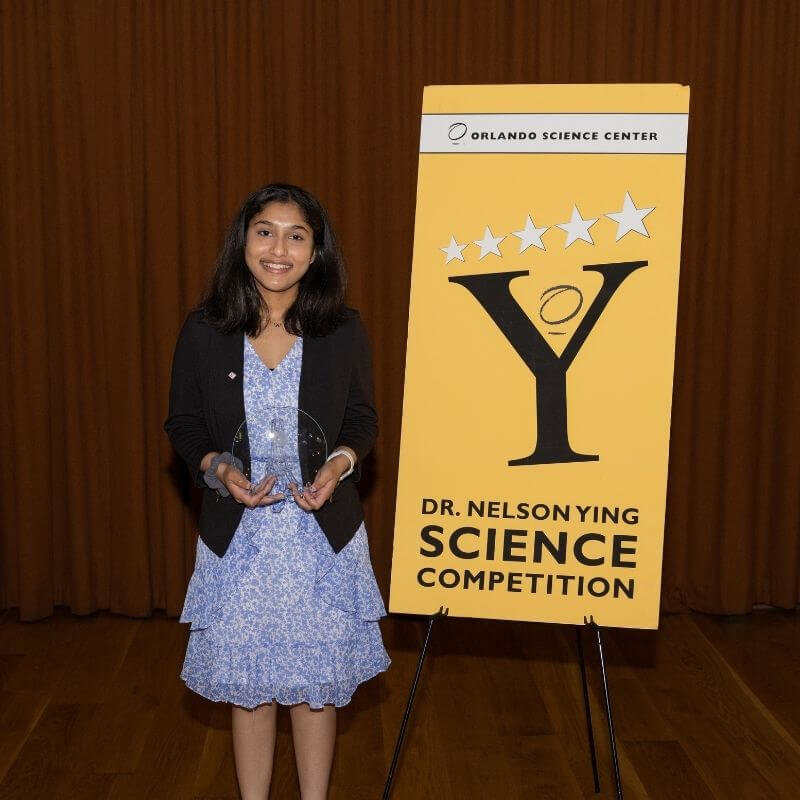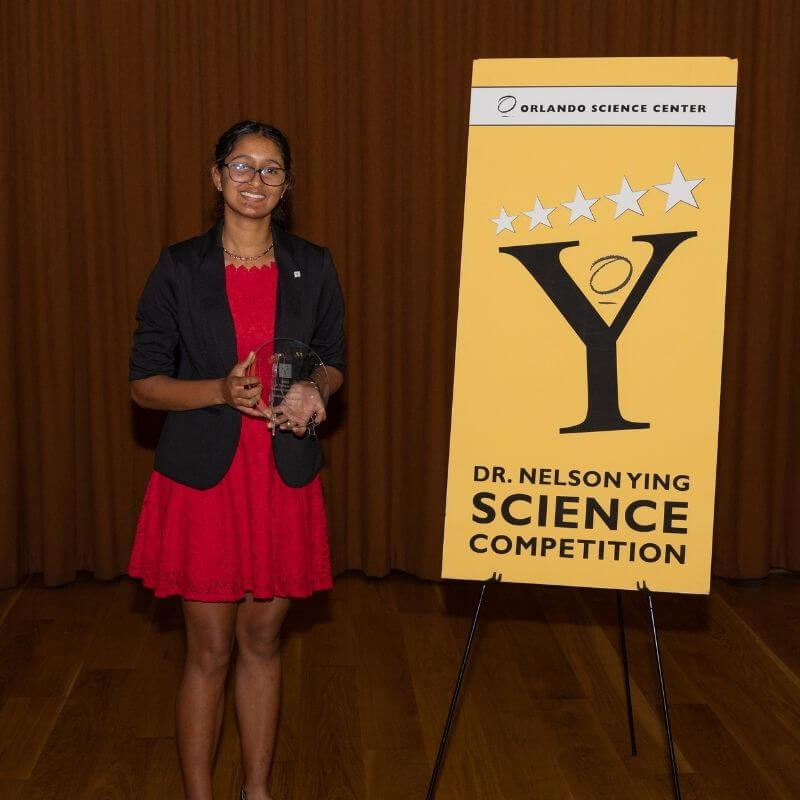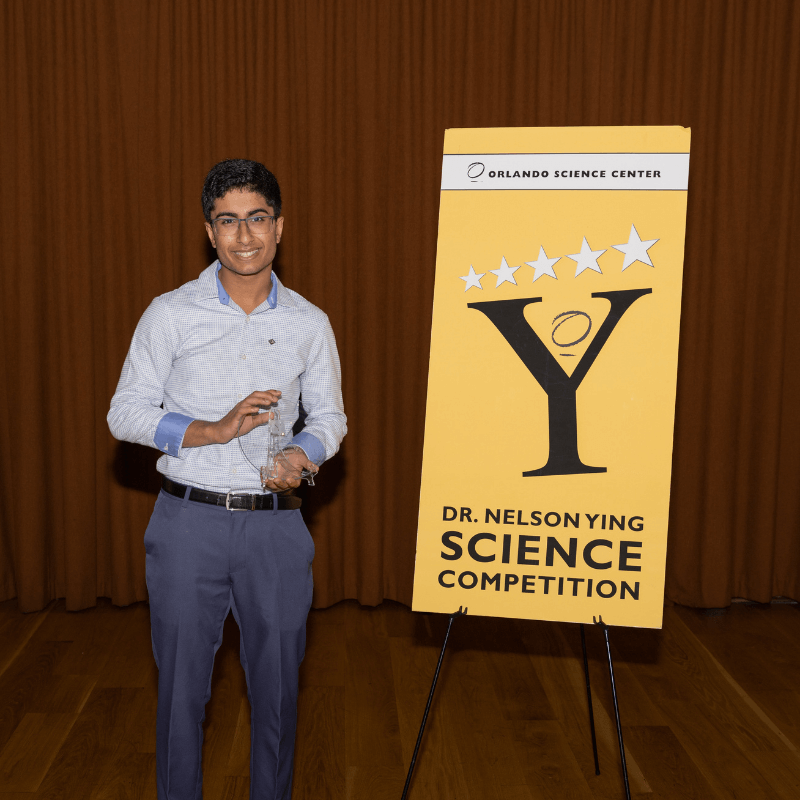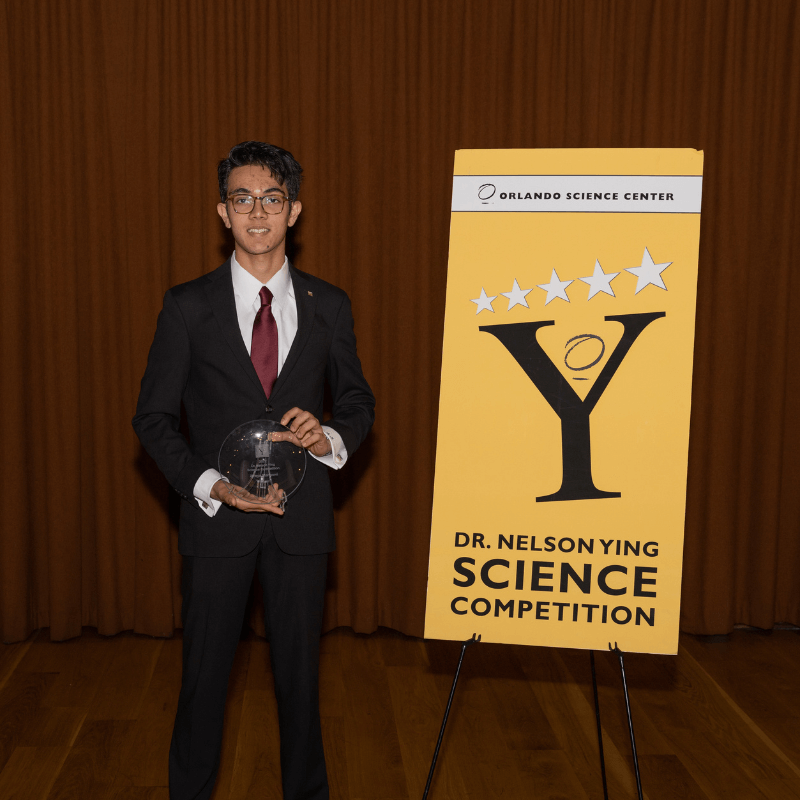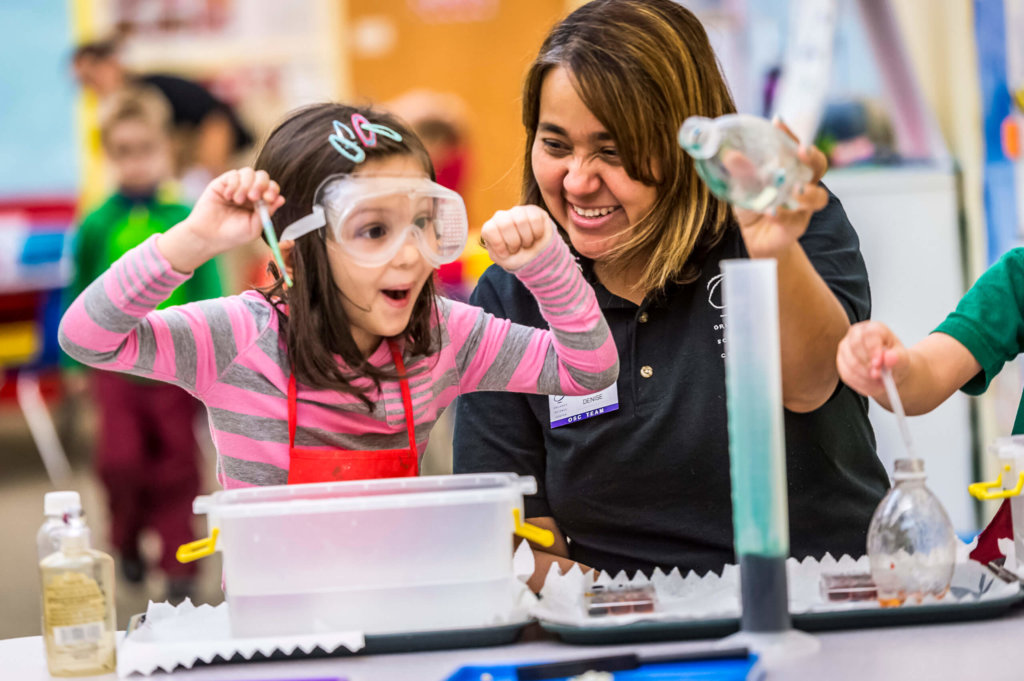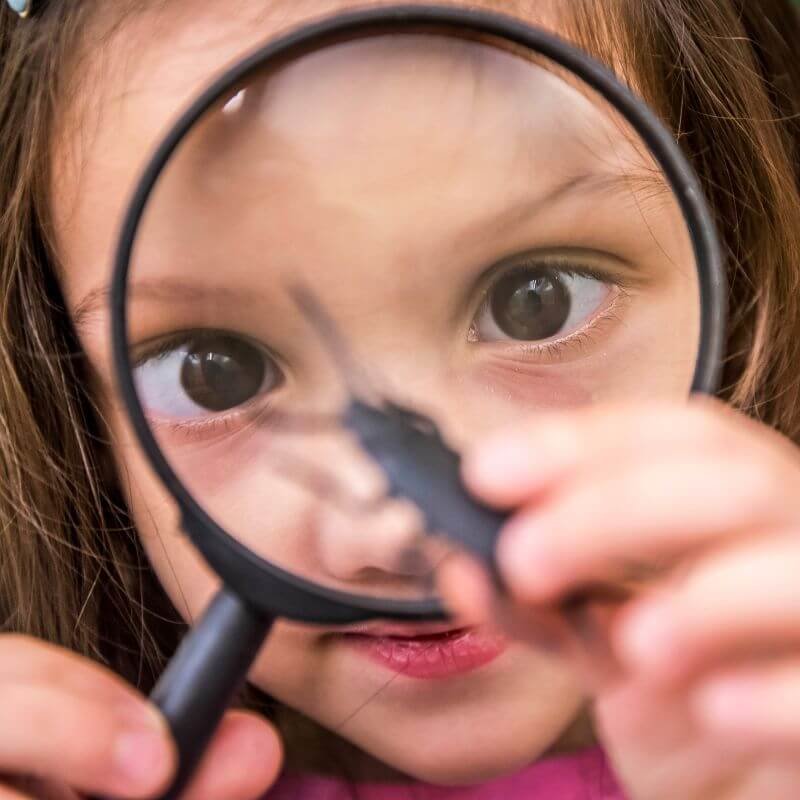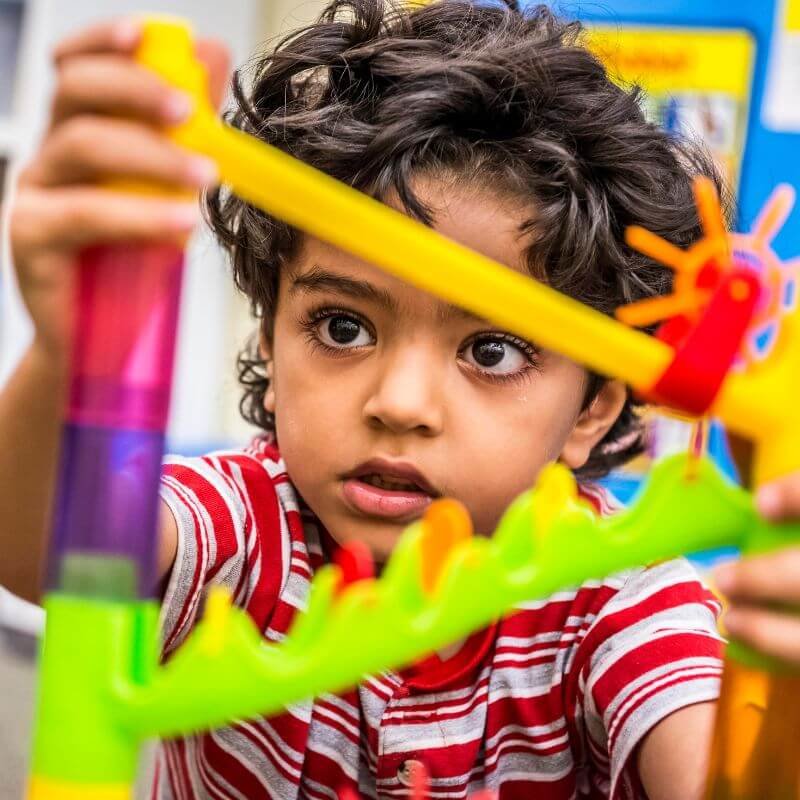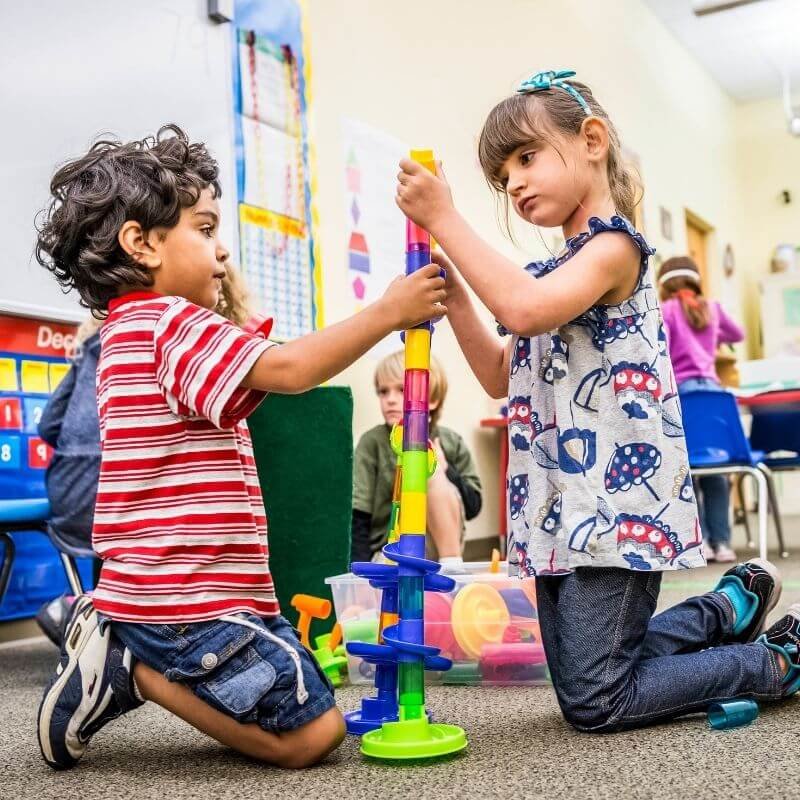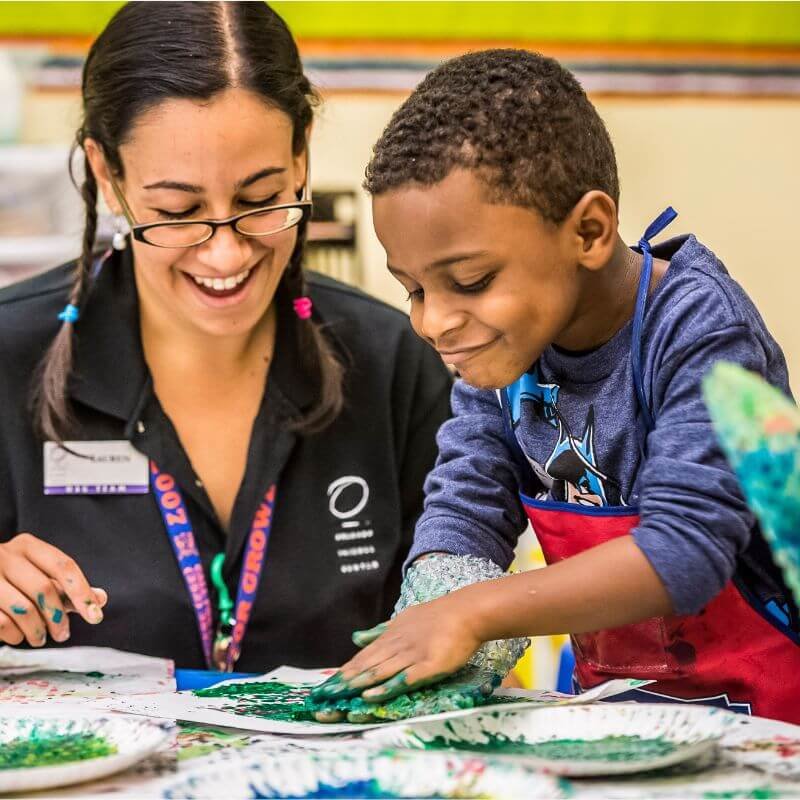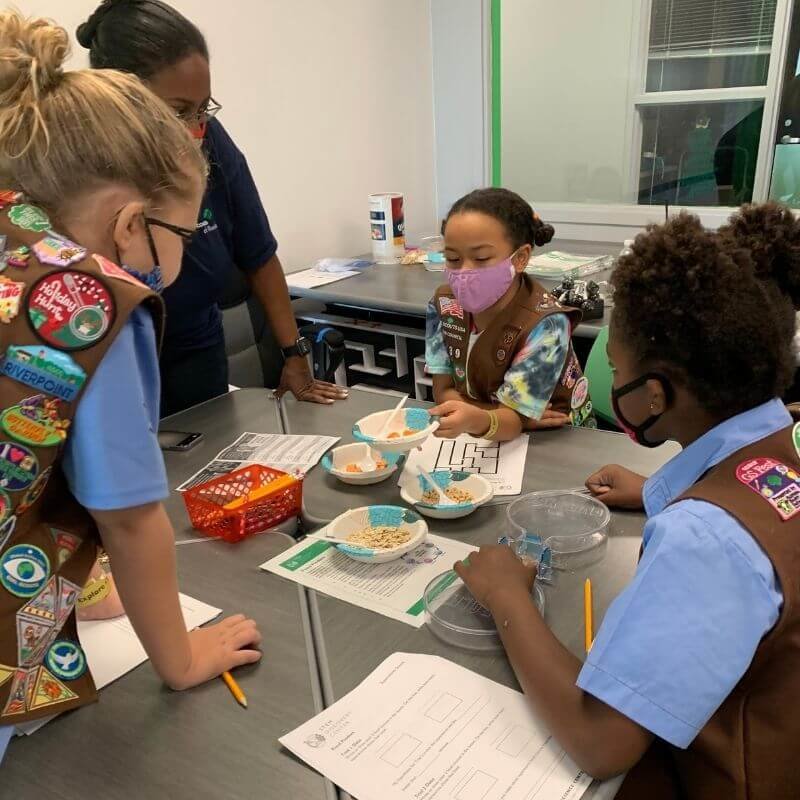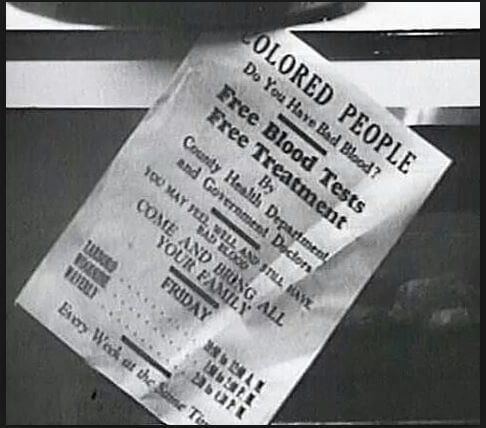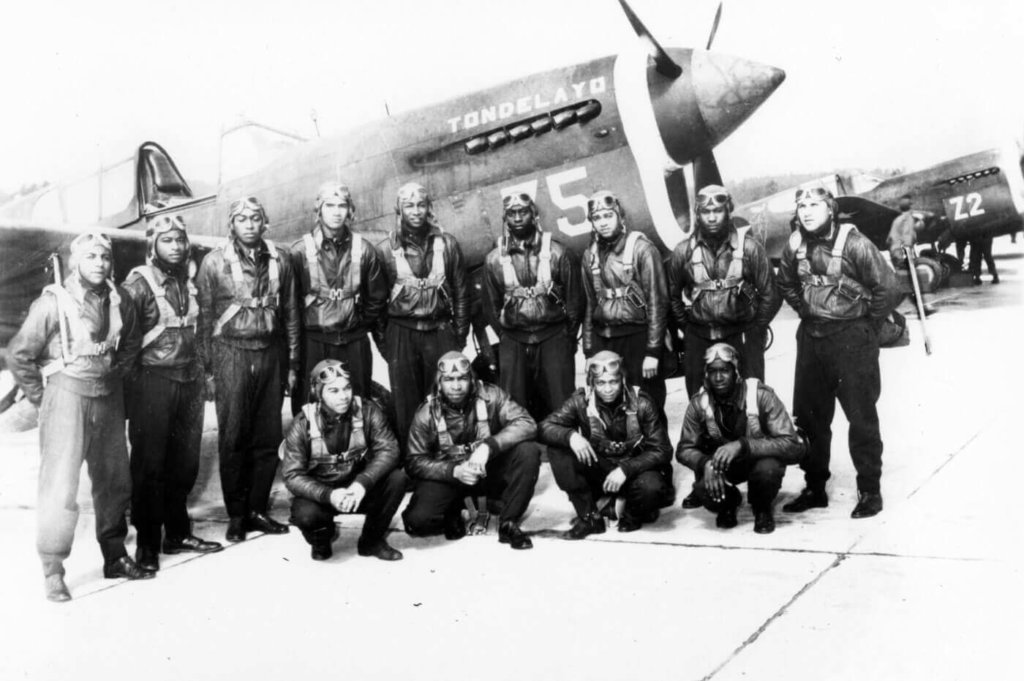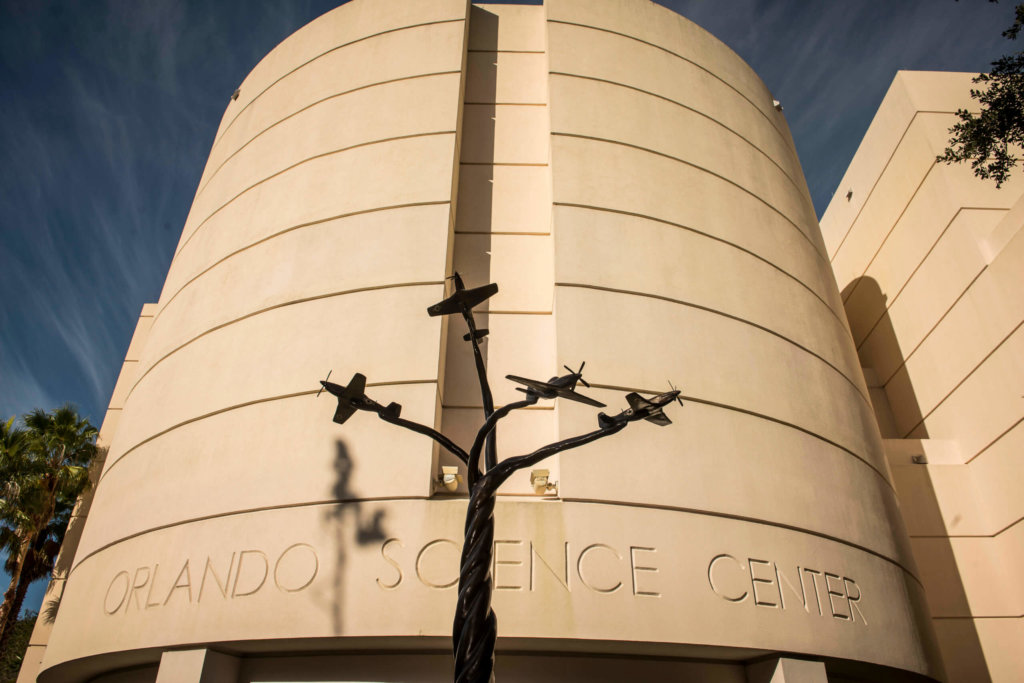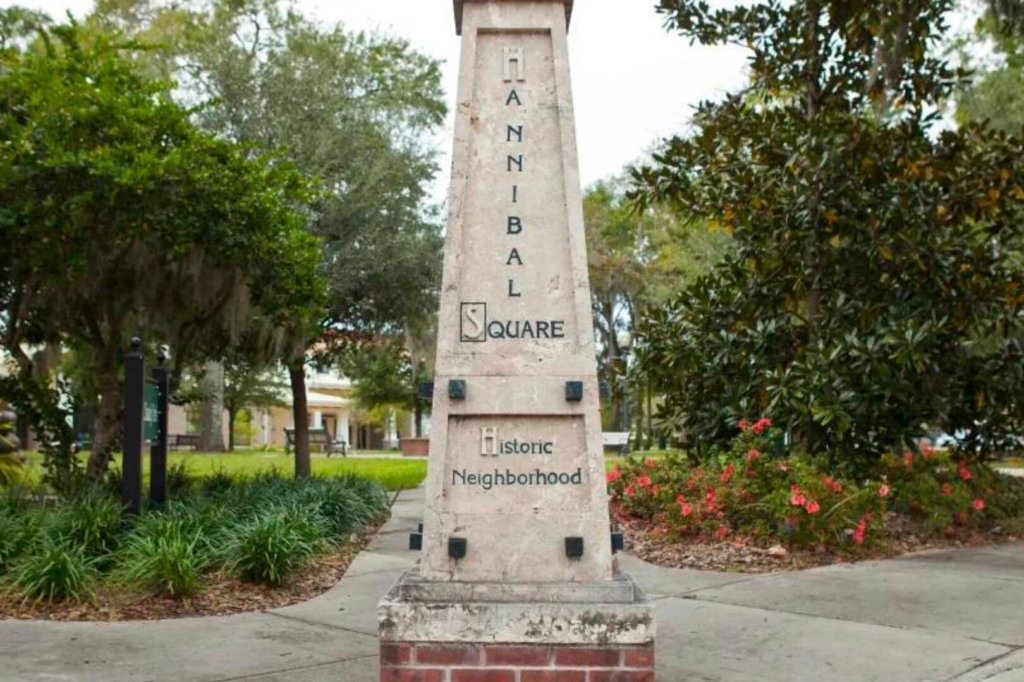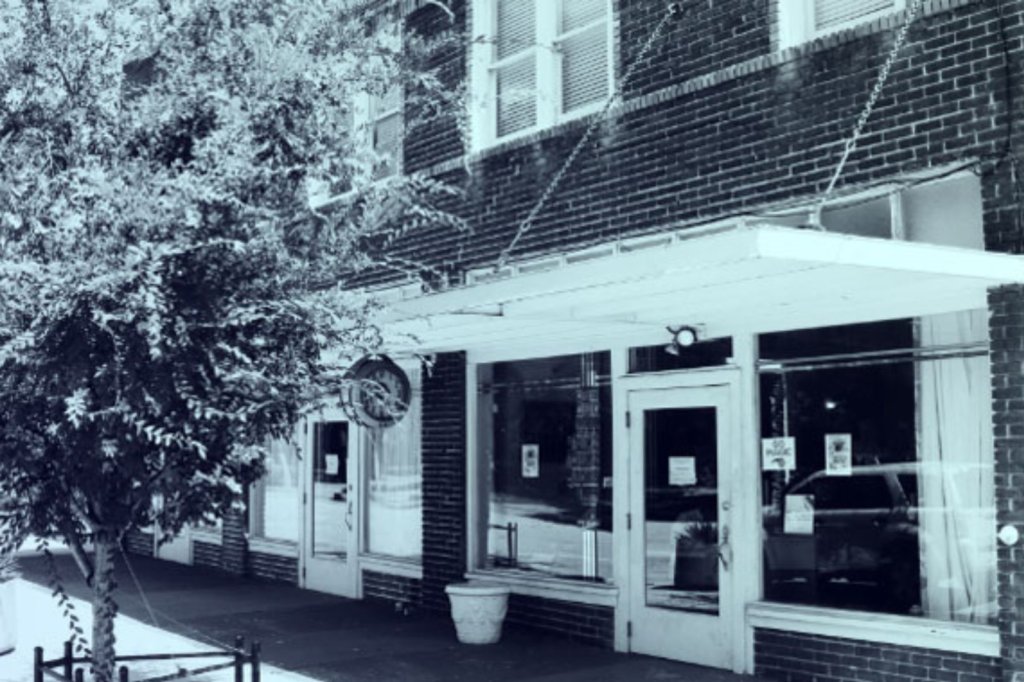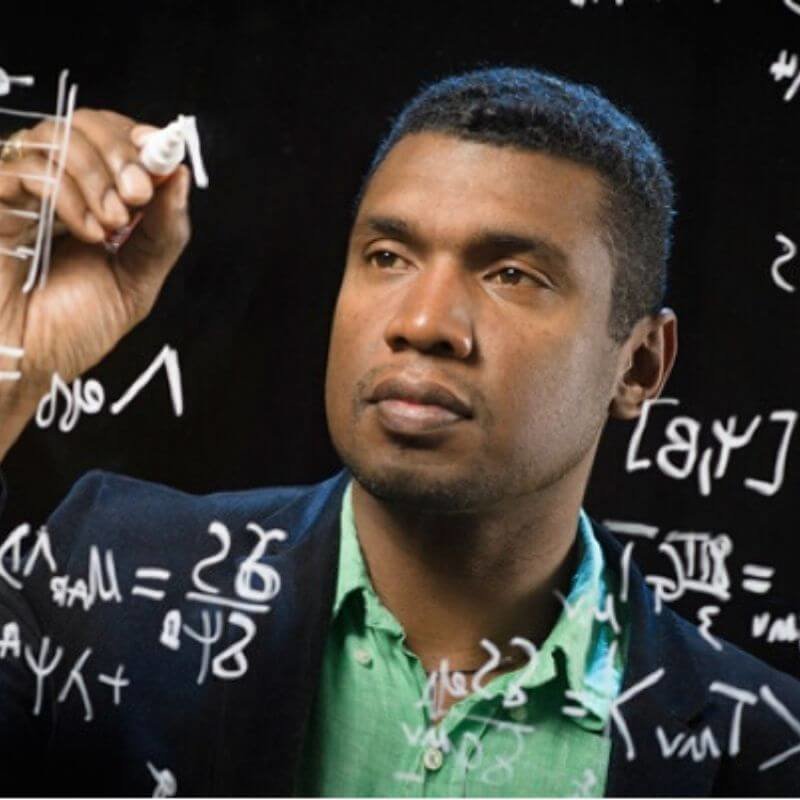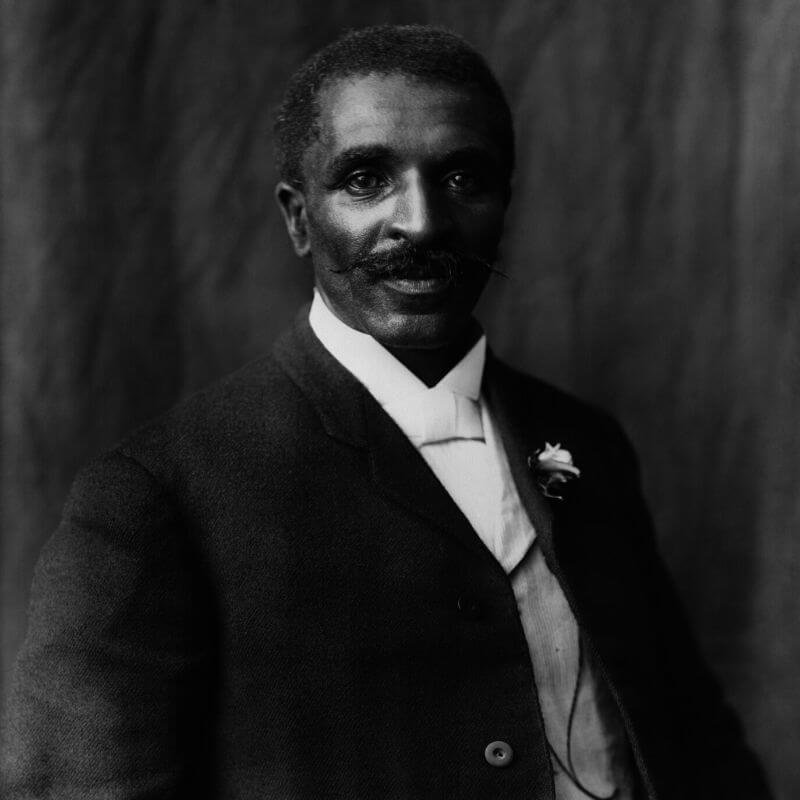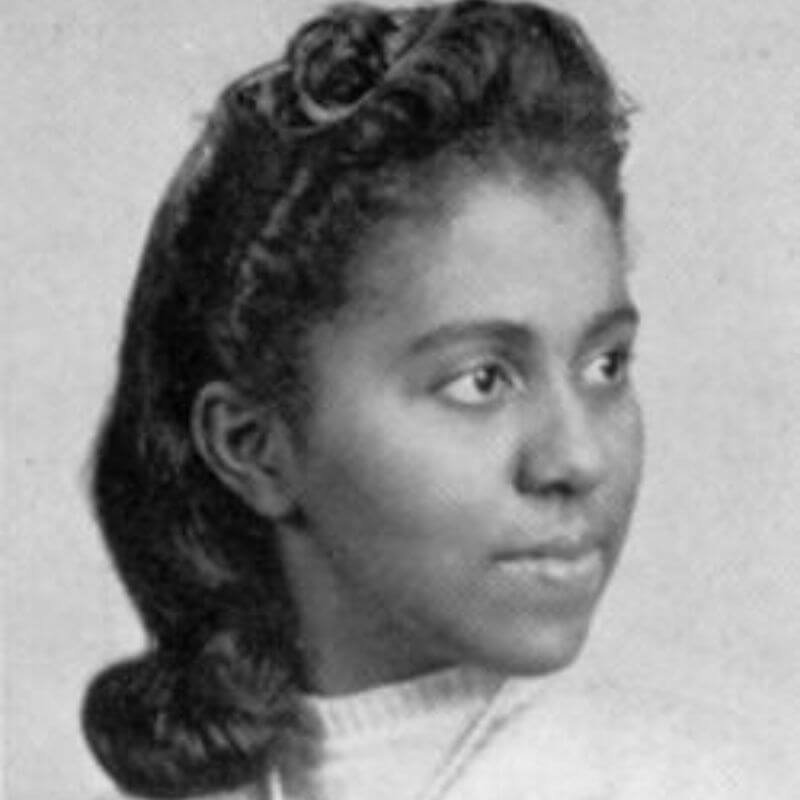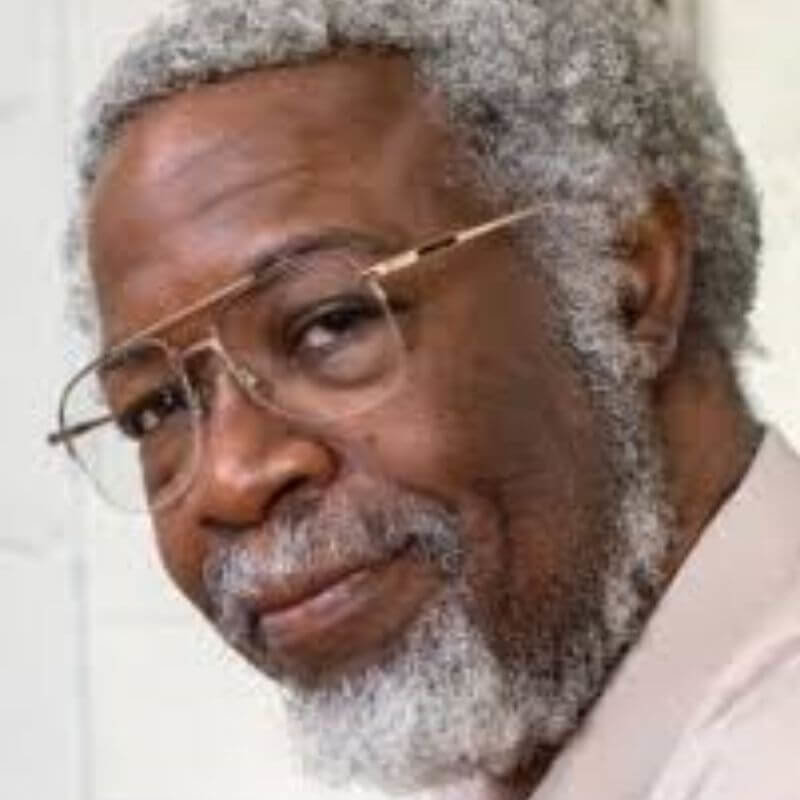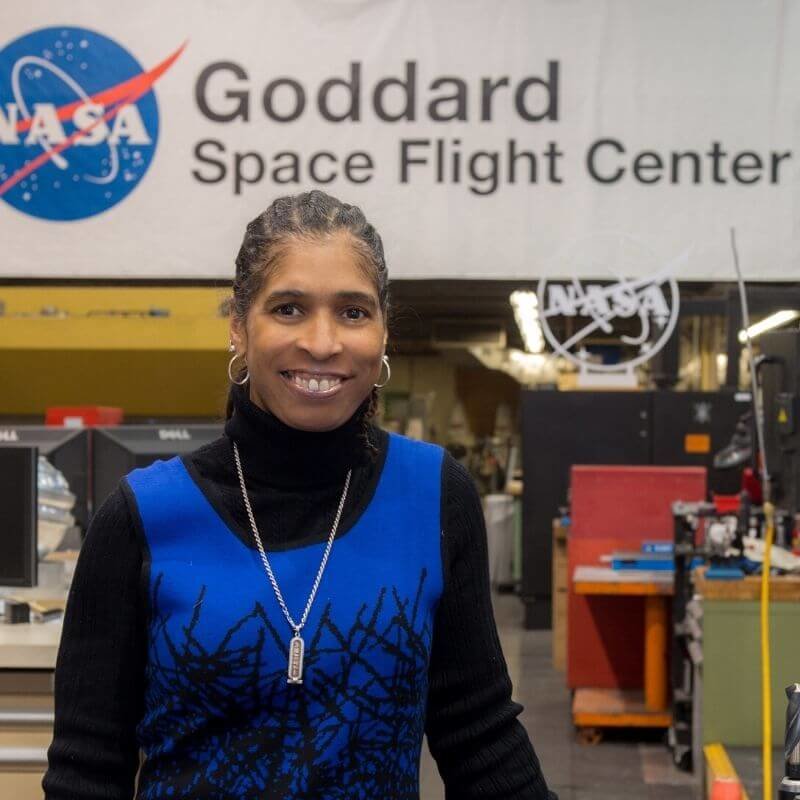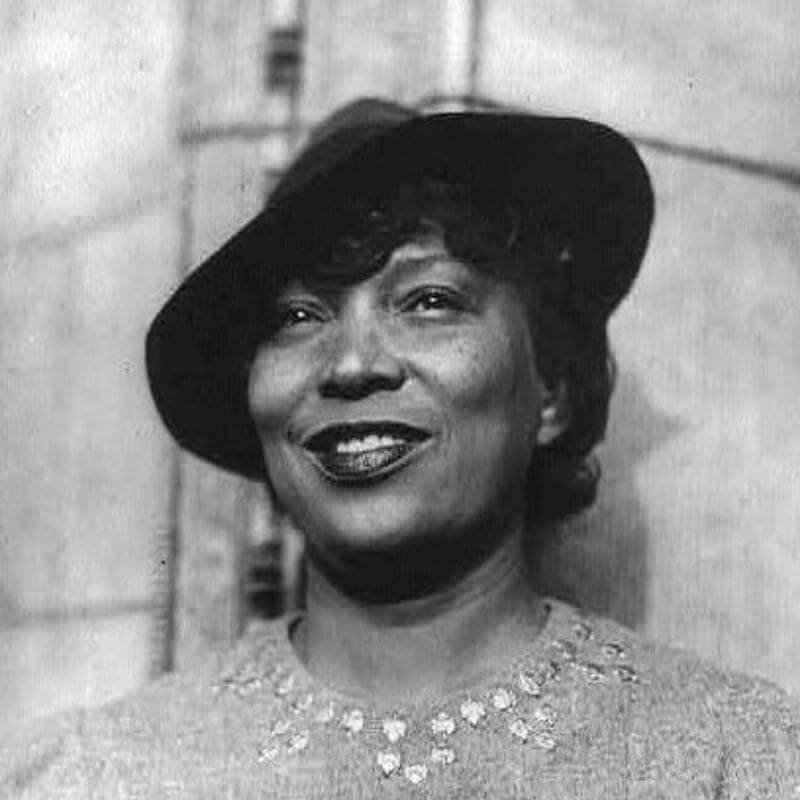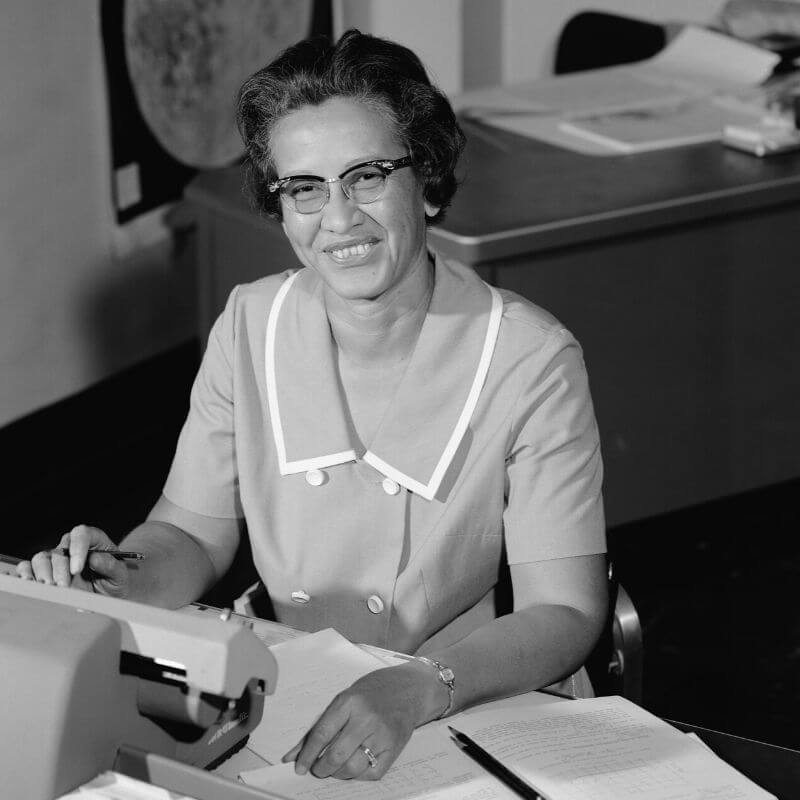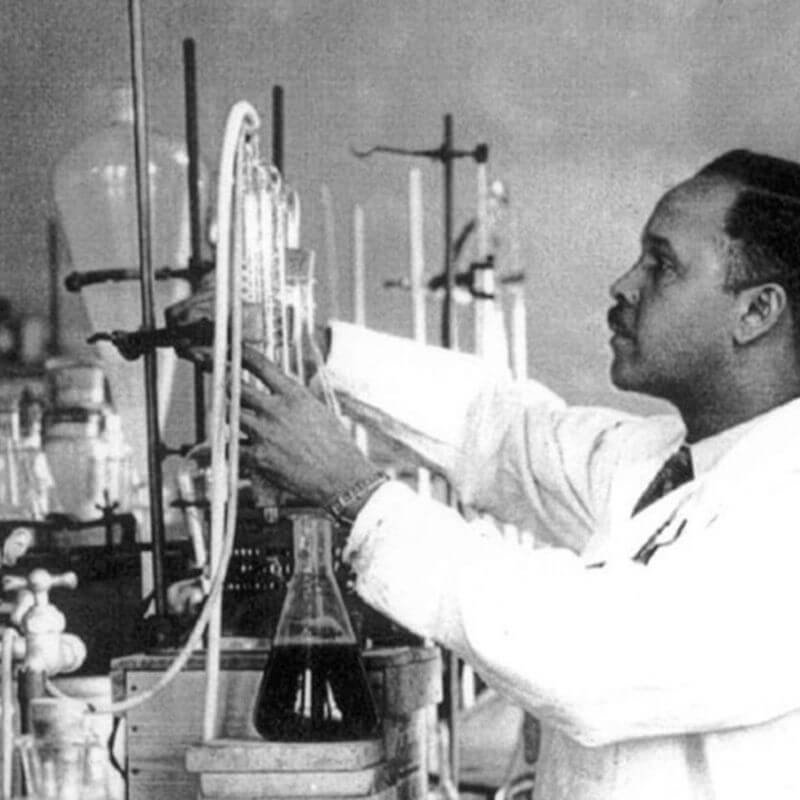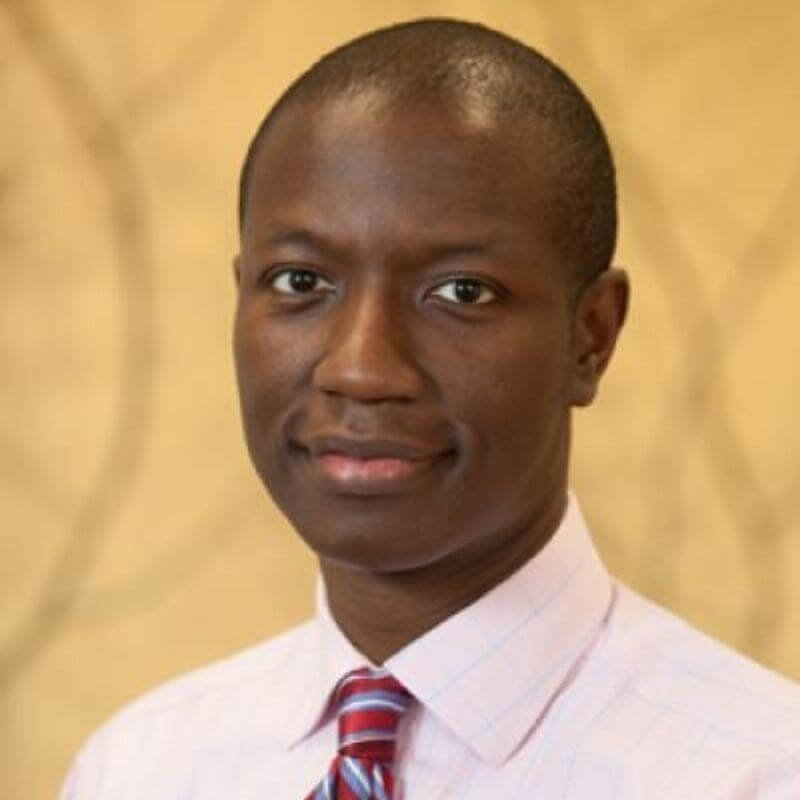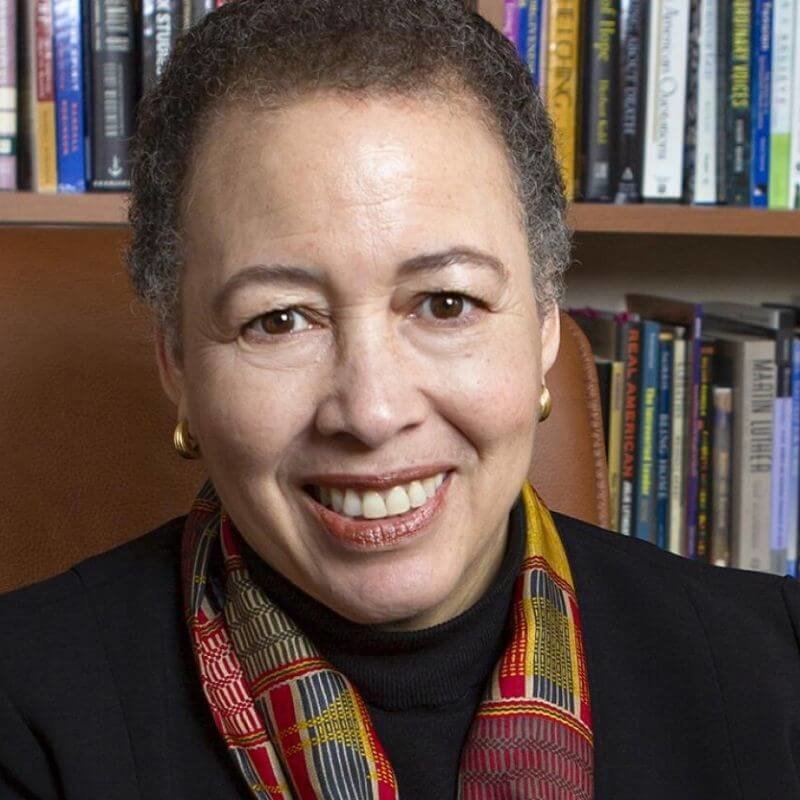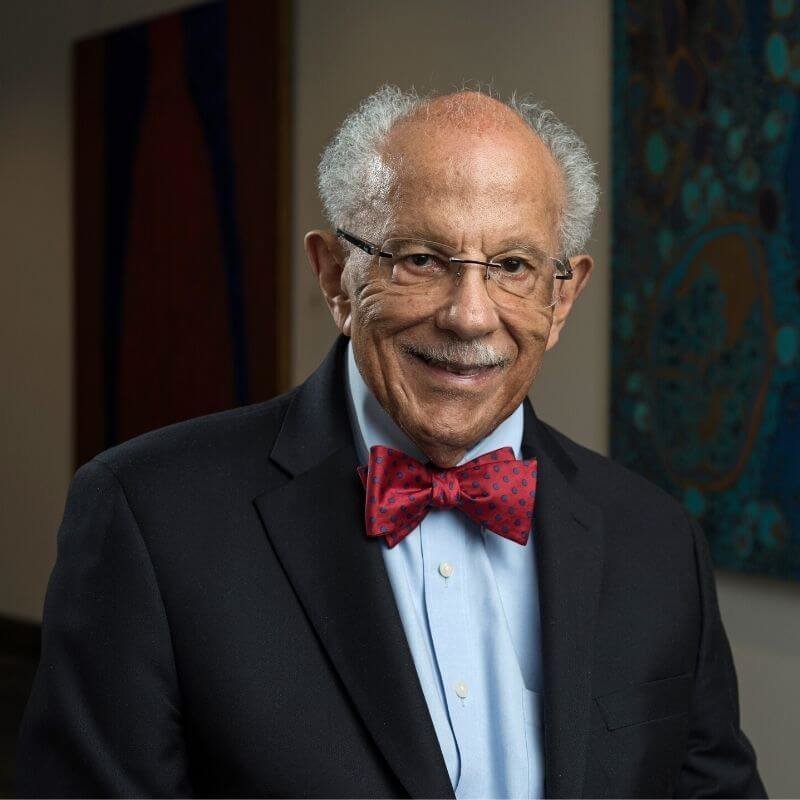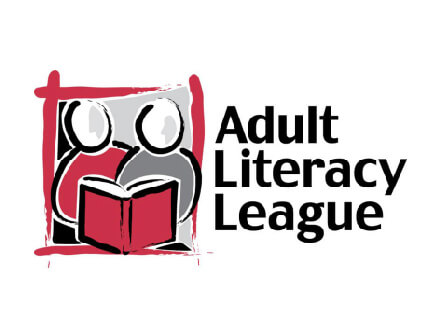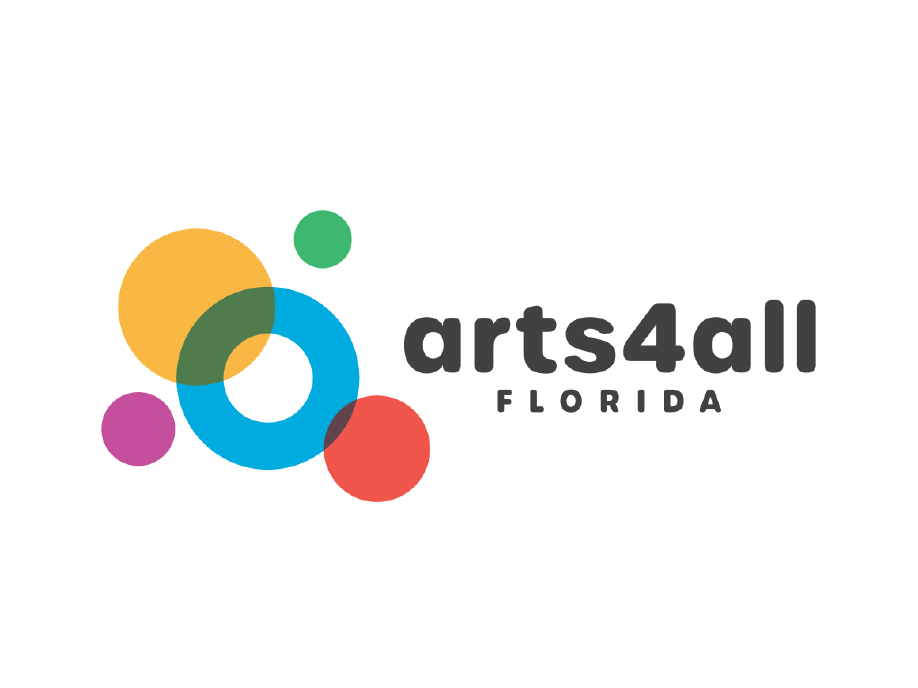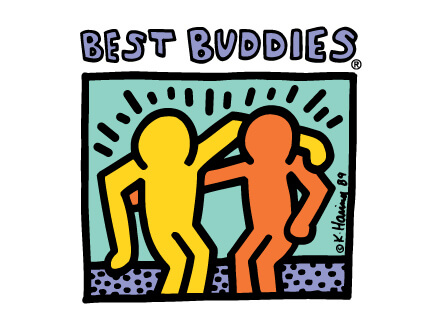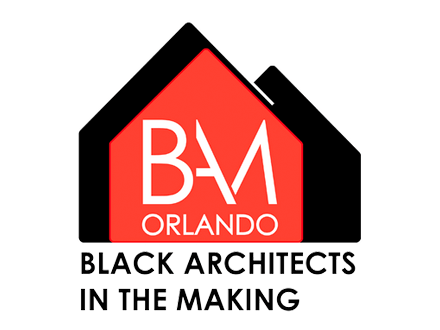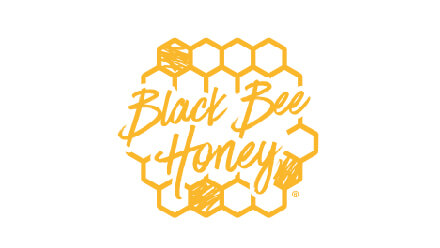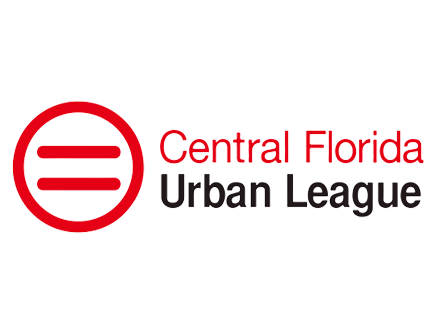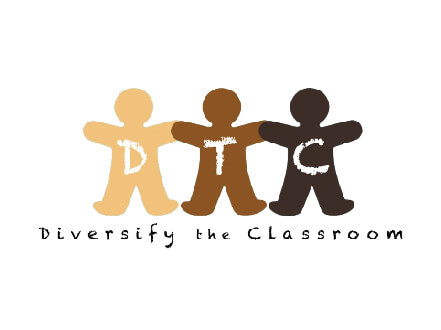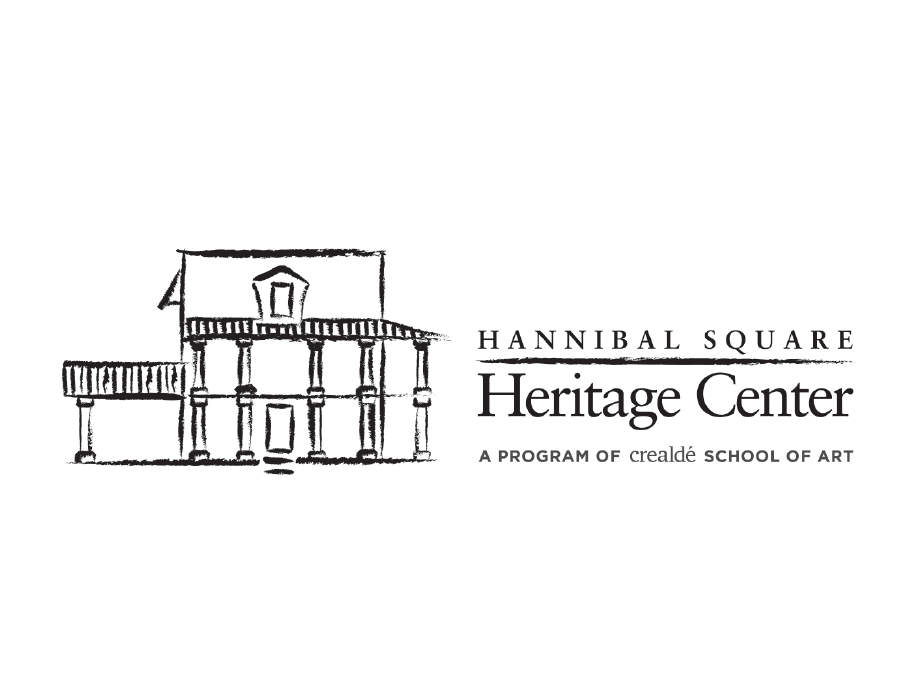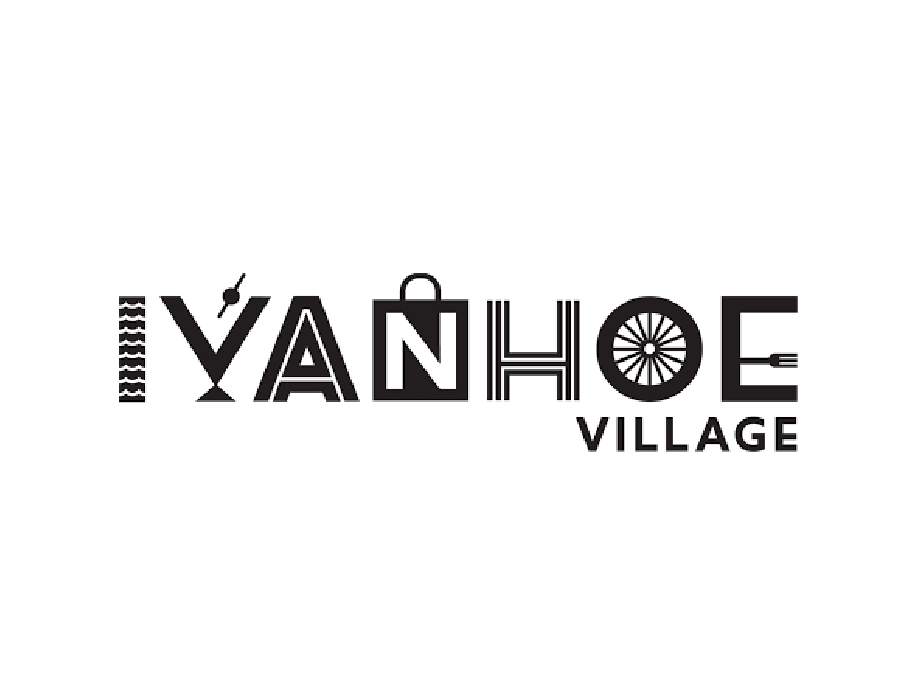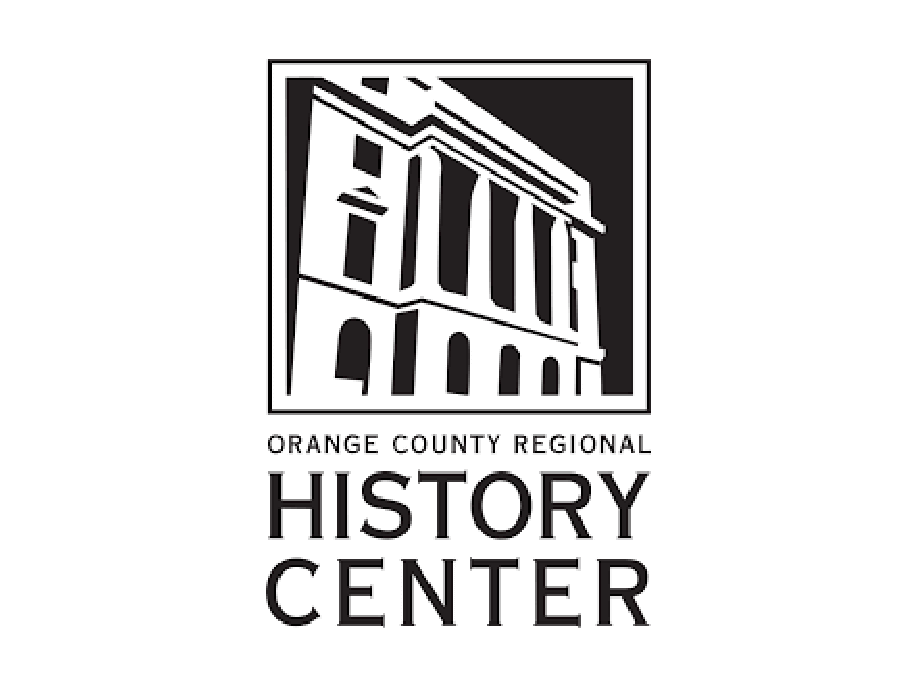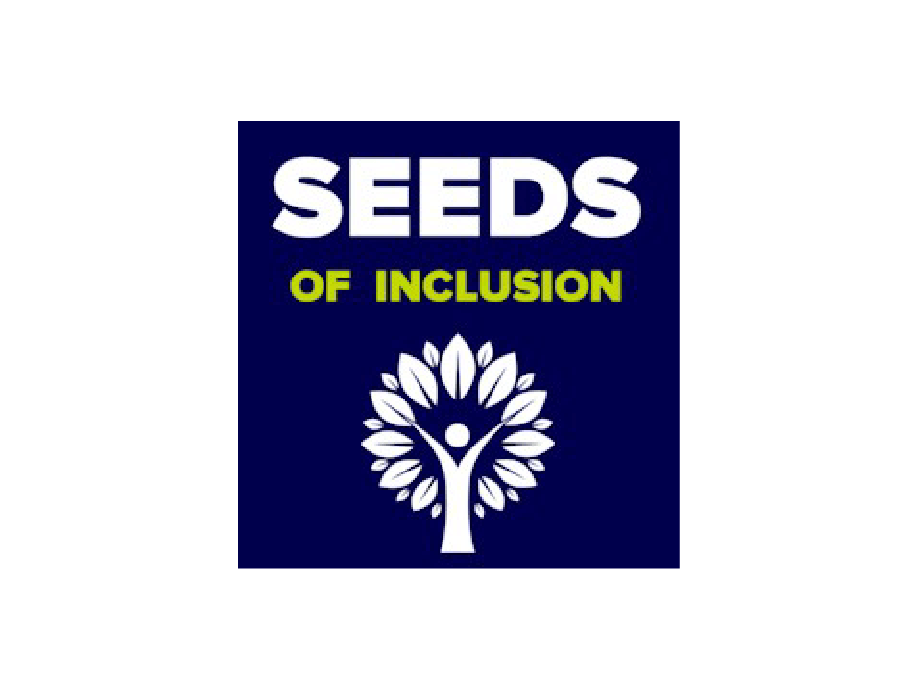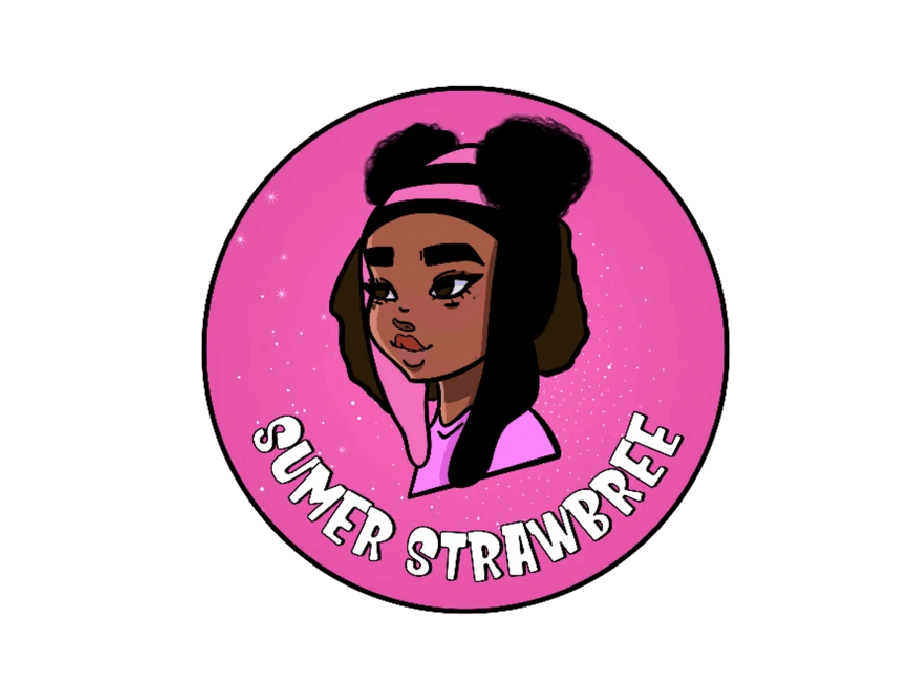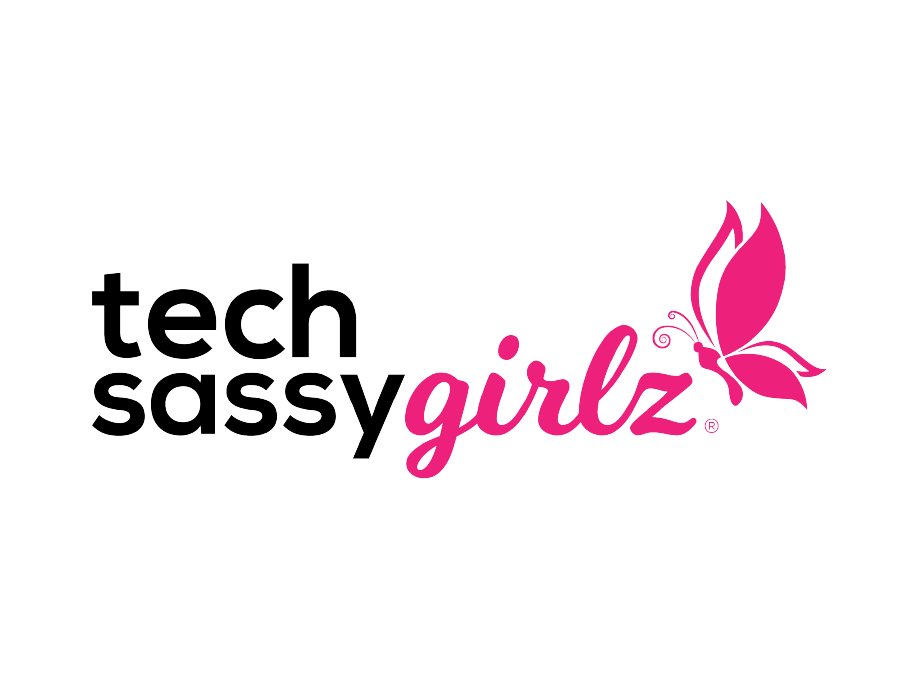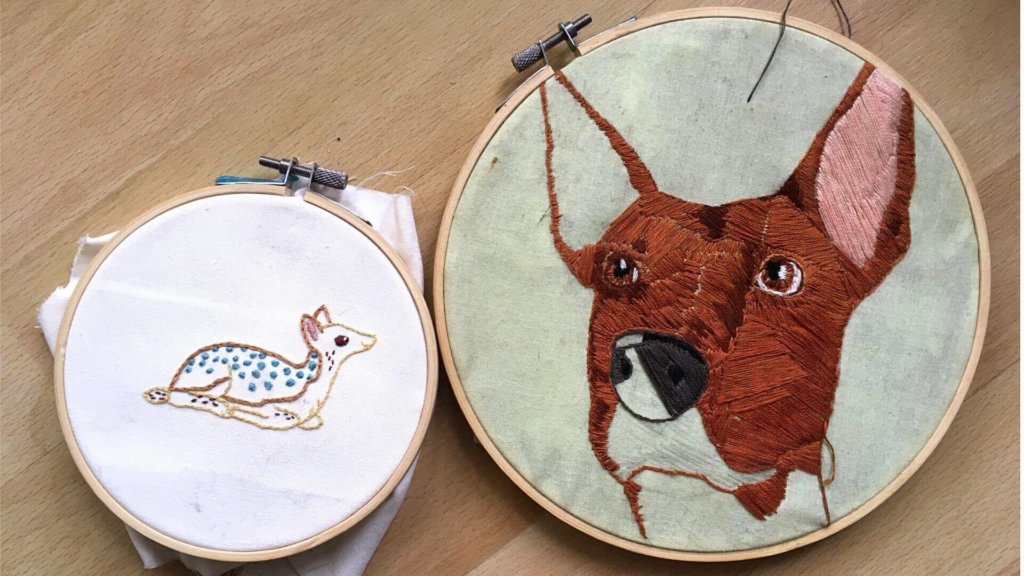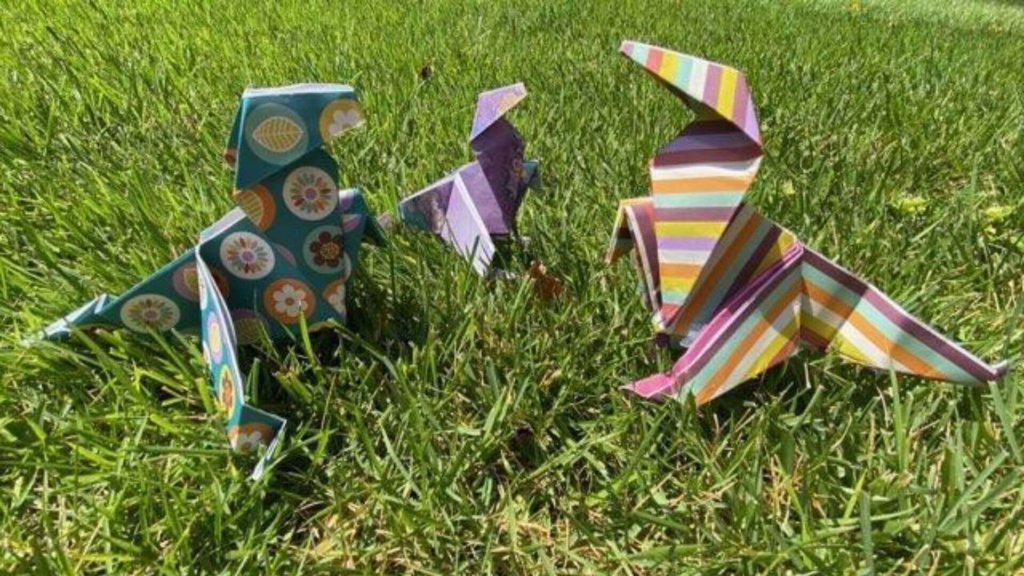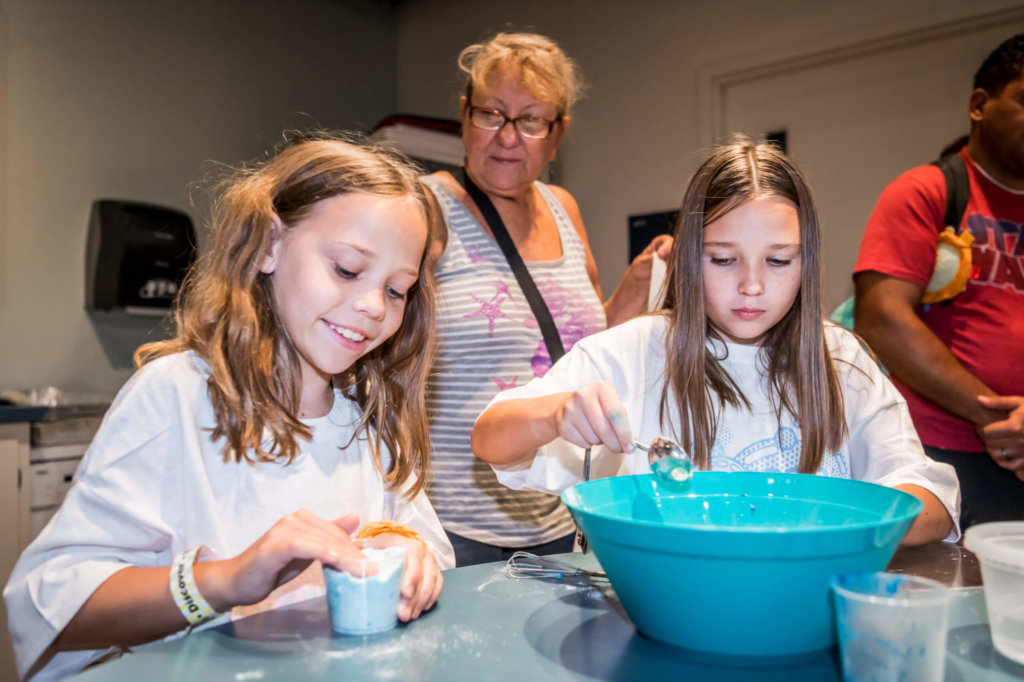A Letter From An Events Intern
In late 2021, I was searching for an internship position in Central Florida to gain more experience in the events industry. After contacting countless businesses and companies, the Orlando Science Center’s Meetings and Events Department reached out to me to offer an internship position with their team. Reflecting on all the events I helped facilitate and the in-depth knowledge I have gained as an events intern, I am confident when I say that interning at the Orlando Science Center is one of the greatest decisions I have made.
The events industry is vast. It ranges from corporate meetings to weddings to trade shows. Although the Orlando Science Center mostly hosts weddings, it does bring in many different types of events including fundraisers, meetings, and corporate galas, just to name a few. As a meetings and events intern, I have learned many tips and tricks as well as best practices that will undoubtedly prove to be beneficial in my professional endeavors, no matter what sector of the events industry I pursue.
This internship opportunity has not only been skillfully enriching, it has also been outright fun. All events and weddings are different, which is why I love them. Every time I come in for my shifts, there is always something new to do. For instance, I once found myself building a couple’s Harry Potter Lego set for their wedding day decorations! If you enjoy hands-on activities and inputting your own creative touch, you will love interning at the Orlando Science Center.
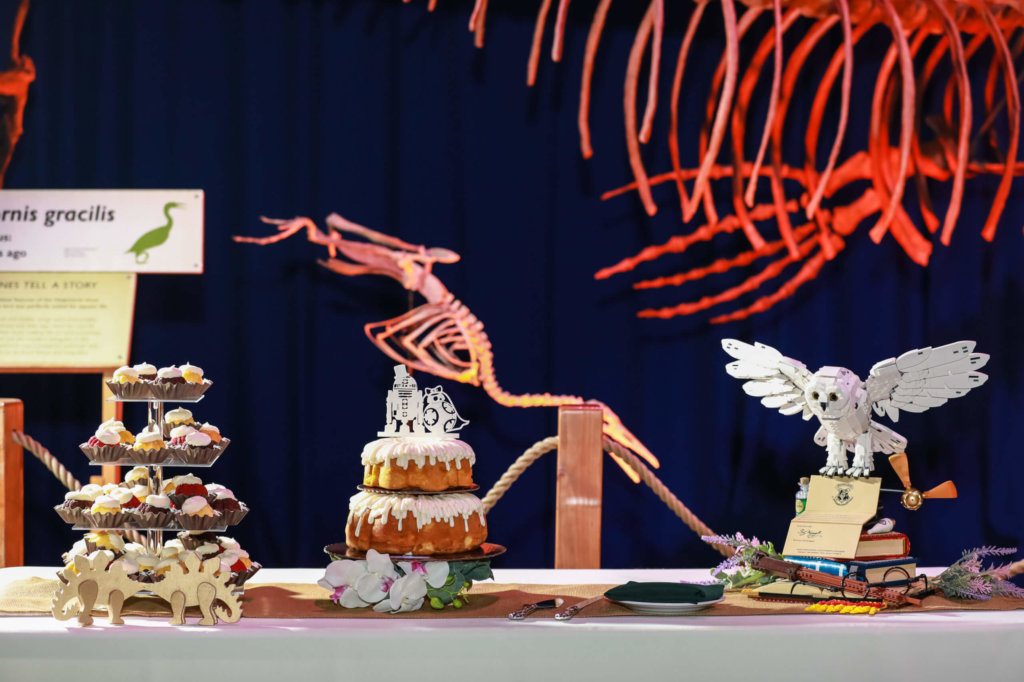
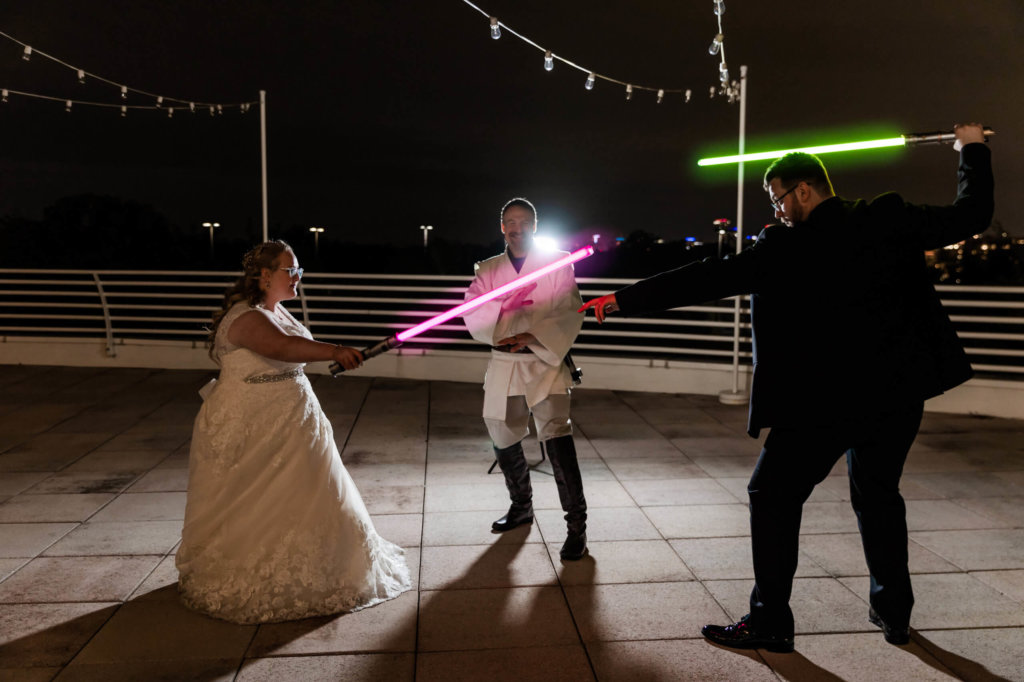
As part of the Meetings and Events Department, I have gained extensive event production abilities by creating contracts, submitting work orders, developing event production schedules, and so much more. This internship also pushes you to develop your interpersonal skills with all types of personnel including staff from other departments, your supervisors, and event vendors. Talking about vendors, this position has helped me become more familiar with our local Central Florida vendors and distinguish who are the top service providers in the City Beautiful.
Vendors are crucial in all sectors of the event industry so acquainting myself with experienced businesses and being able to distinguish quality service will definitely be fruitful in the long run. This image below shows MJ from Junction 88, one of the preferred entrainment providers at the Orlando Science Center. He dressed up in Jedi cosplay for a Star Wars-loving couple! As an intern, you truly will be able to differentiate those highly dedicated vendors, like MJ, who go above and beyond.
All in all, putting everything that the Orlando Science Center has taught me into words is simply not possible. You learn how to implement the right lighting for events, how to facilitate vendor load-in and load-out to minimize waiting, what a standard wedding timeline looks like, and overall, how to exceed a client’s expectations by creating the most phenomenal event for them. I would recommend interning with the Orlando Science Center’s Meeting and Events Department in a heartbeat because I am confident that you will love it as much as I did.
Interested in joining the OSC team?
We are looking for highly passionate and dedicated people to help support our mission of inspiring science learning for life. Orlando Science Center offers a variety of employment opportunities which vary from entry level positions to supervisory and management roles.
